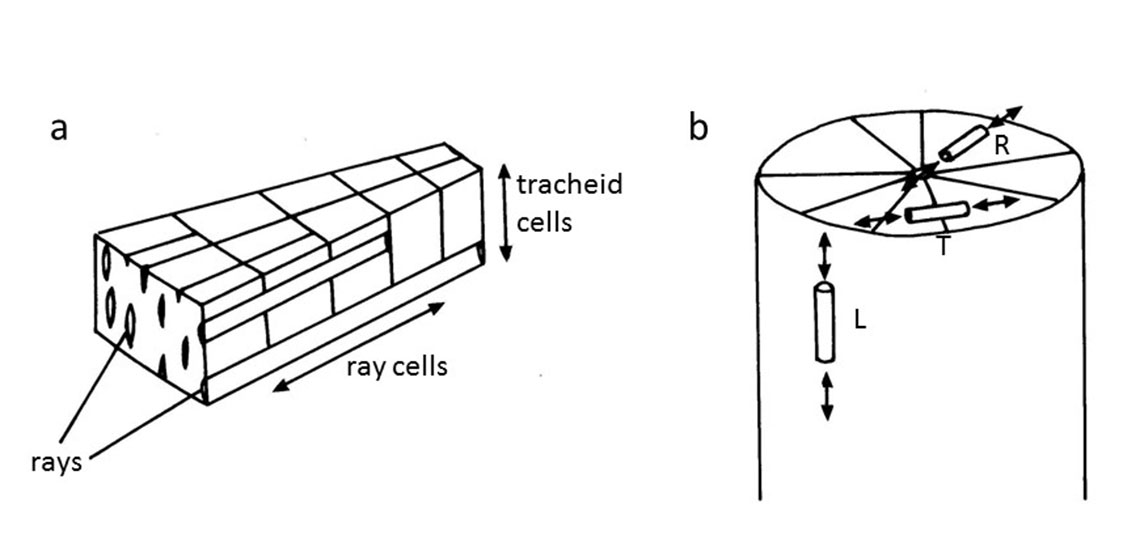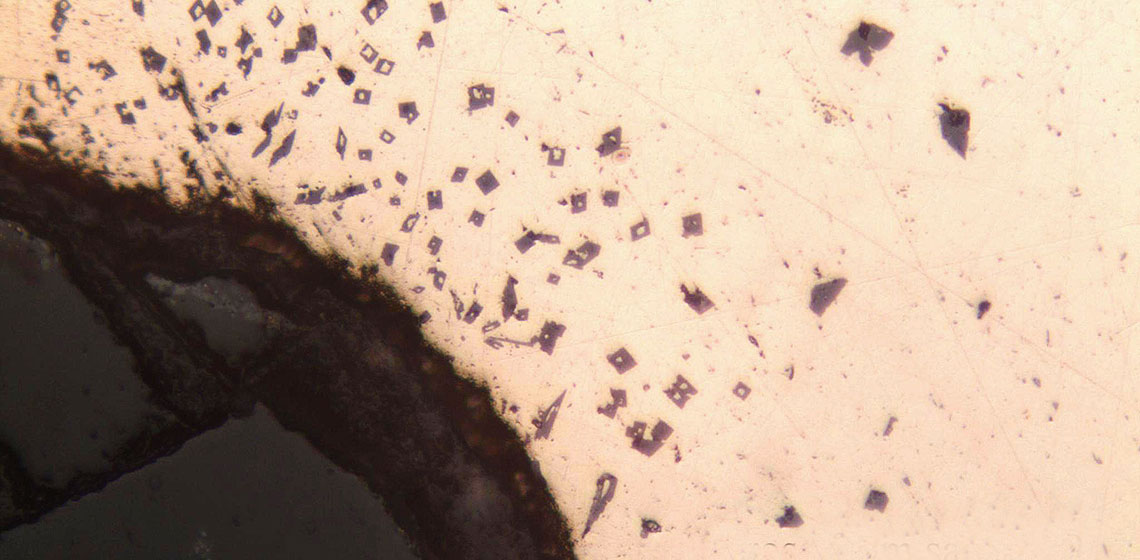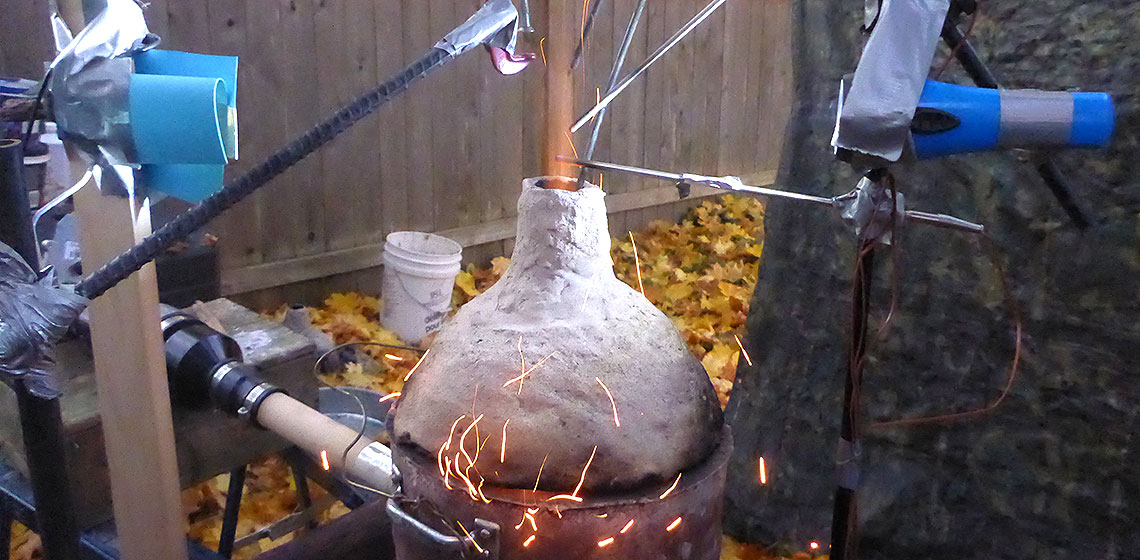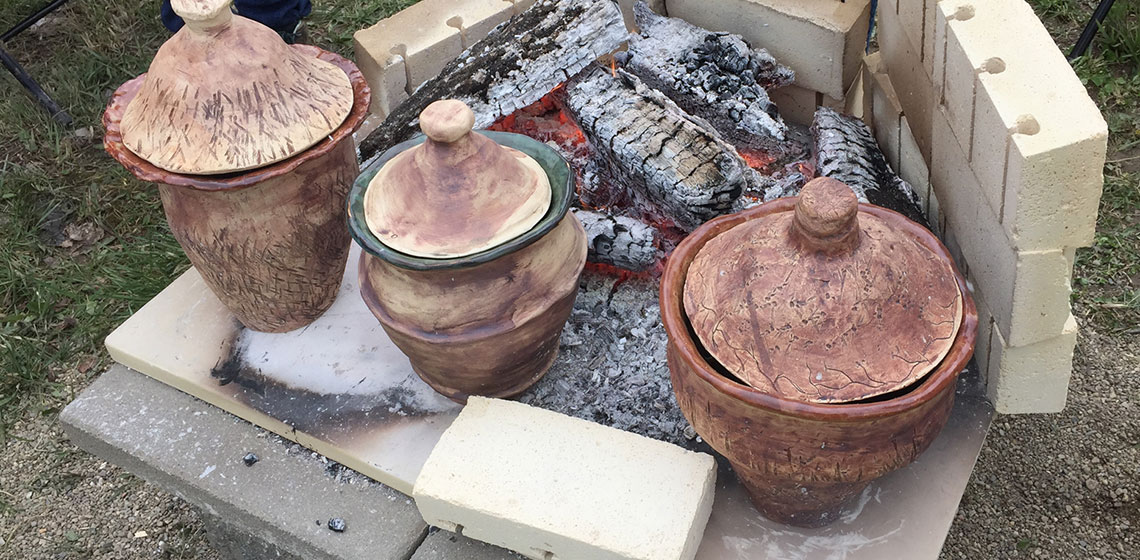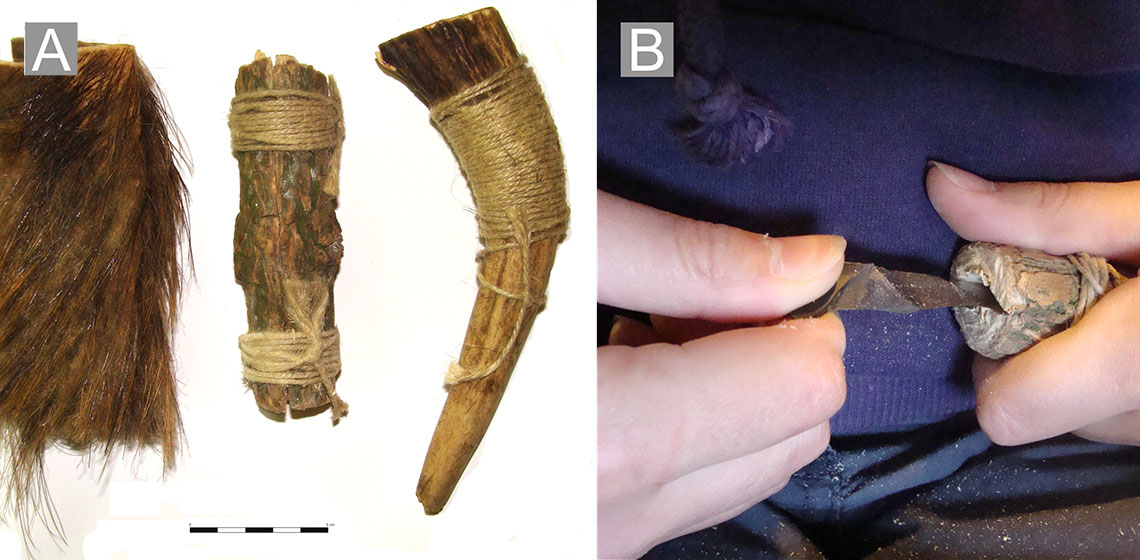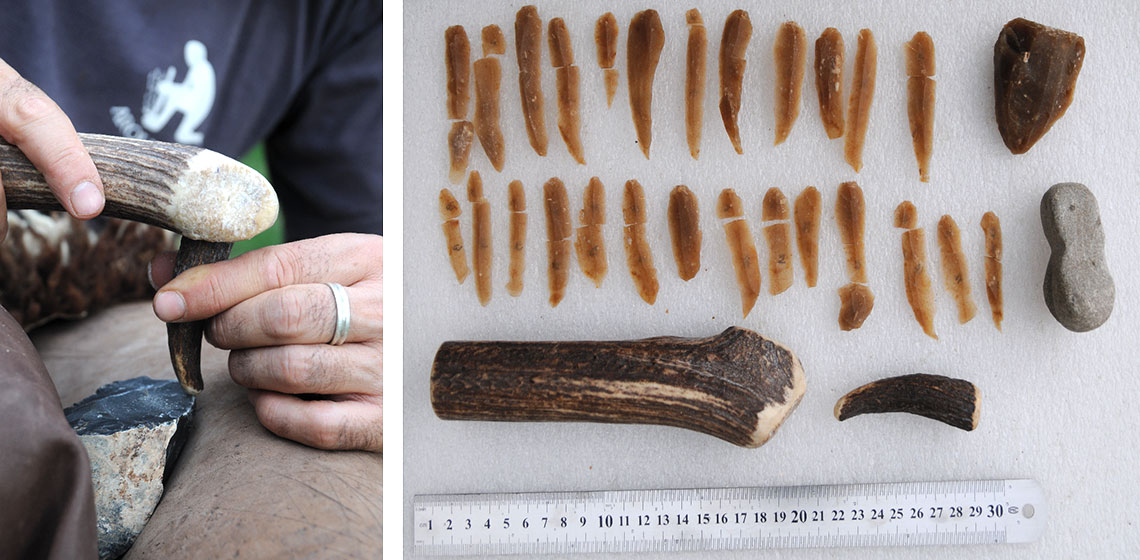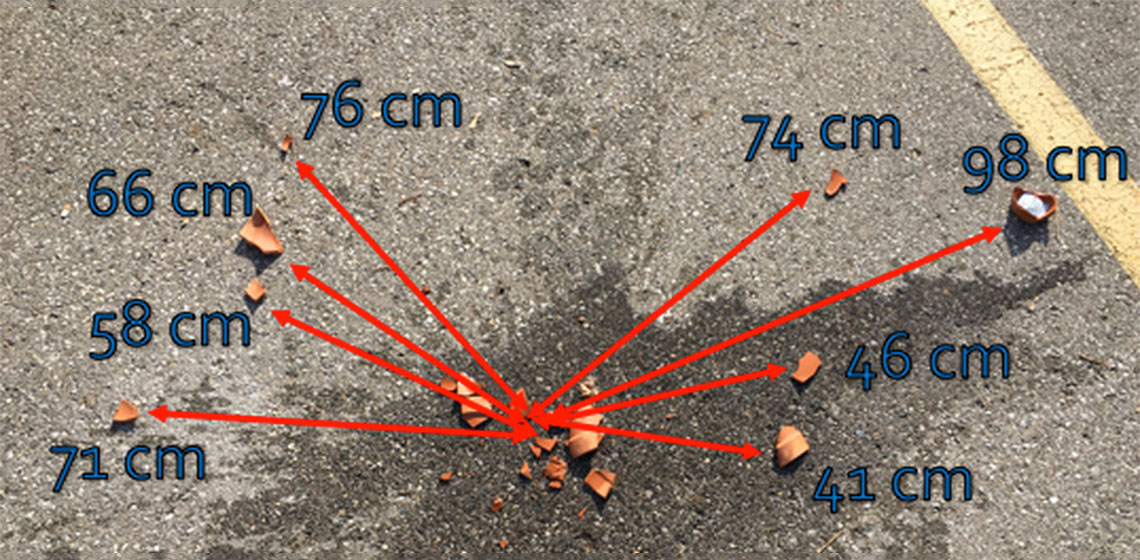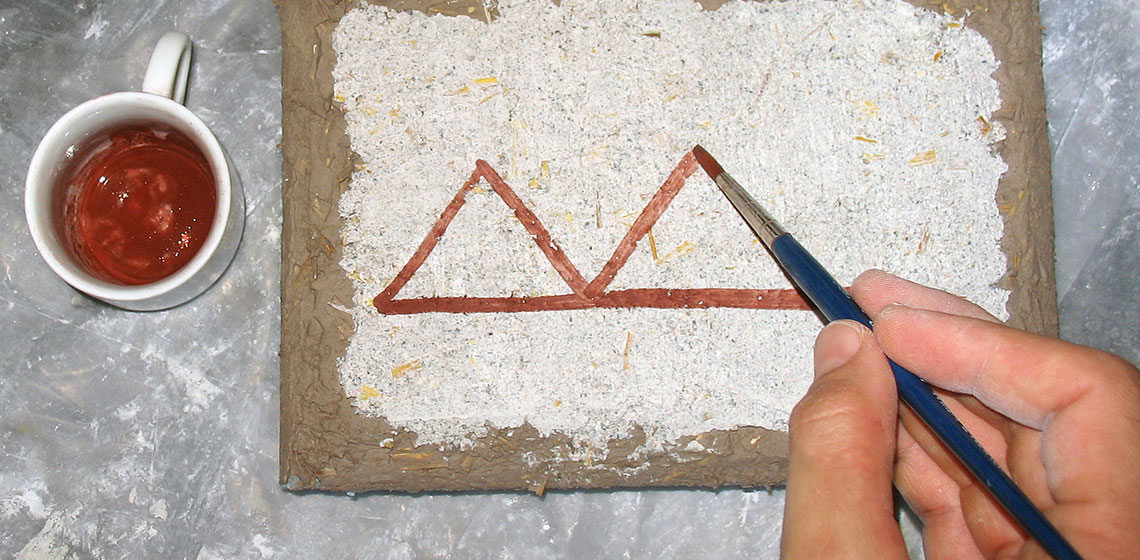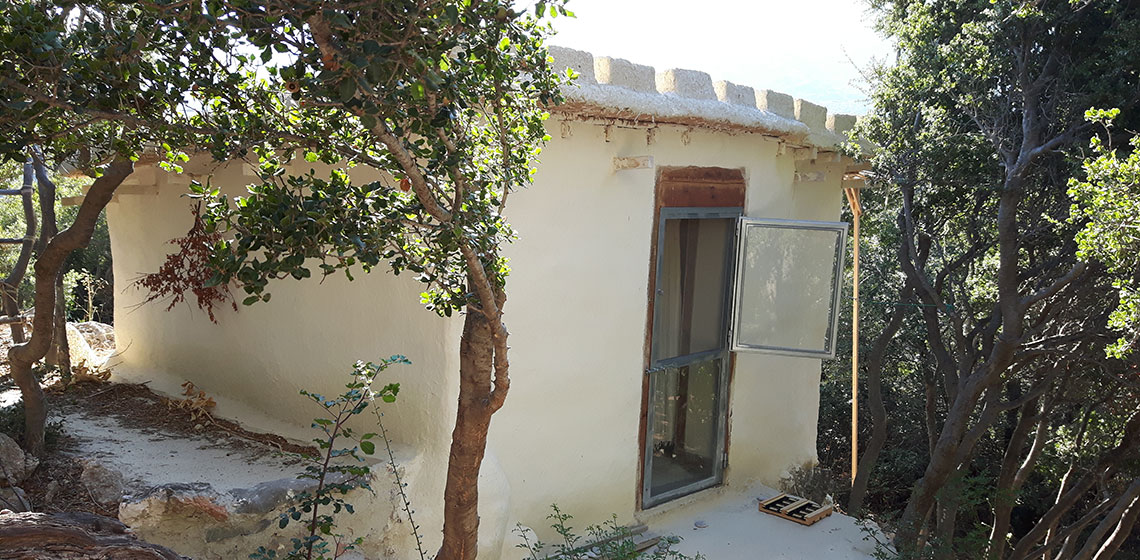Experimental Archaeology
Now we’re Cooking with Gas! How Experimental Archaeology Challenges Modern Assumptions about Metal Recycling
Kicking Ash, Viking Glass Bead Making
Experiment Background
Unfortunately, no intact furnaces survive. Only the base plates for these potential furnaces and an additional scattering of sherds exist in the archaeological record. Thus, the shape of the body, lid, and chimneys must be inferred and then tested through experimental bead production.
Experimental Archaeology as Participant Observation: A Perspective from Medieval Food
***Central to anthropology is the concept of participant observation, where a researcher engages in immersive learning through ethnographic fieldwork. This concept is also important for archaeologists as immersive learning provides an avenue for more robust interpretation and the development of...
Twenty Years with Flint. The Society for Experimental Prehistoric Archaeology – Where are We Now?
Research, Experimentation and Outreach in the Early Neolithic Site of La Draga (Banyoles-Spain)
Sherd Shatter Patterns Experiment
The Colour Palette of Antique Bronzes: An Experimental Archaeology Project
Painting Bronze Age Plaster from Thebes Boeotia
The premise
The author is currently studying for a PhD in experimental archaeology at the University of the Aegean. The focus of the research involves the recreation of a 4th Century B.C. wall painting (Tomb of Persephone, Vergina) using the same pigments and painting method that was used by the ancient painter. In this project, we sought to identify the painting technique used, and wanted to demonstrate the way in which the wall was painted. The technique that was used in the tomb is a variation of the fresco technique, which is why we examined similar methods.
A Minoan Experimental House – Paying Tribute to Middle Bronze Age Cretan Vernacular Architecture
Prototypes, situation, general description
Especially impressive are the often massive ruins of dwelling foundations referred to as 'oncolithic' in my typology (for details see Beckmann 2012a).These foundations neutralize the often steep slope incline they are built upon, so that the original houses would have stood in a horizontal position. The settlement pattern and surface findings indicate that these installations were vernacular in character and probably housed mixed agricultural farms (ibid.).
